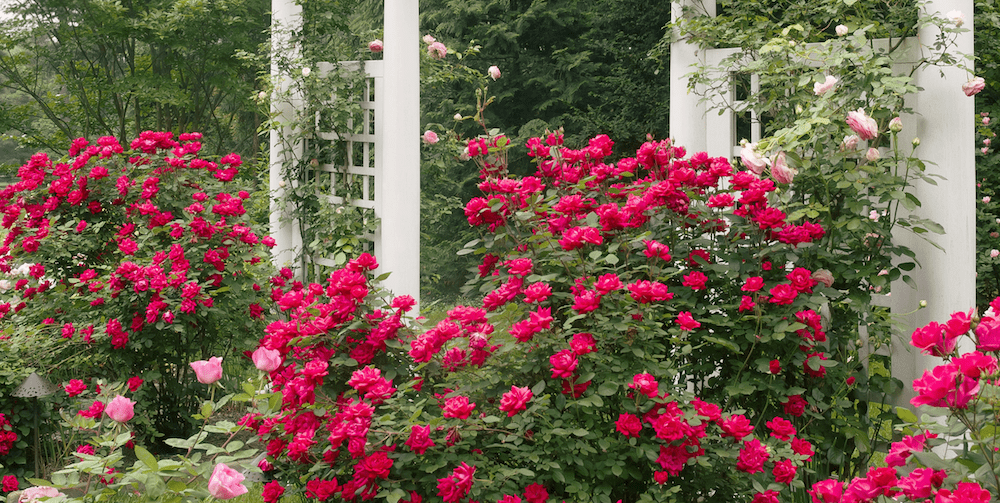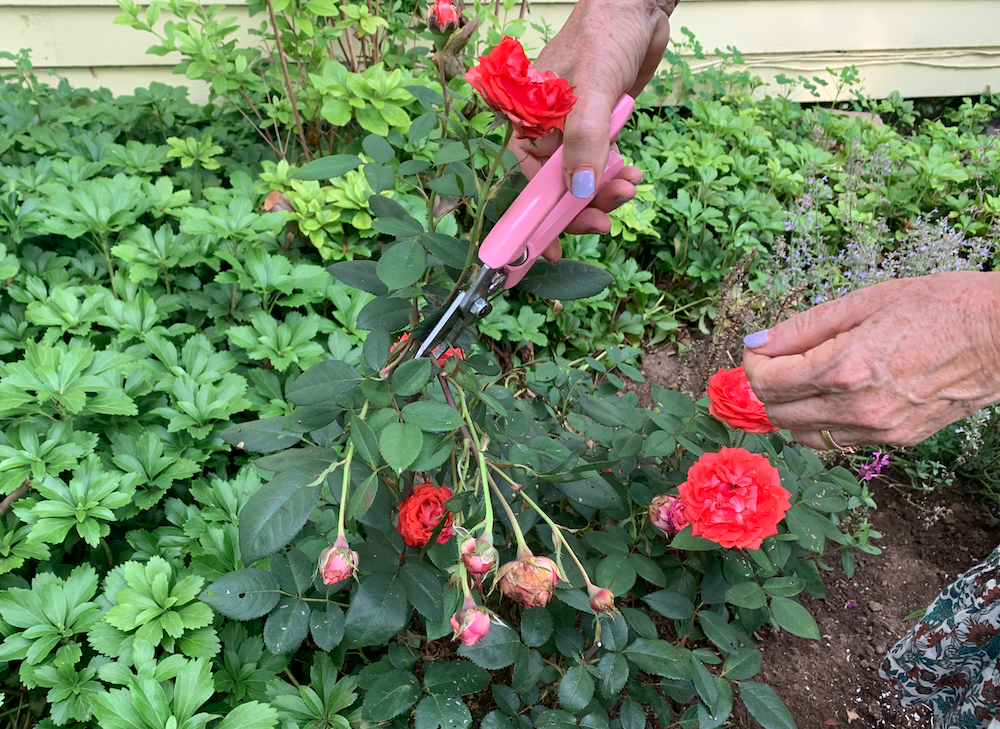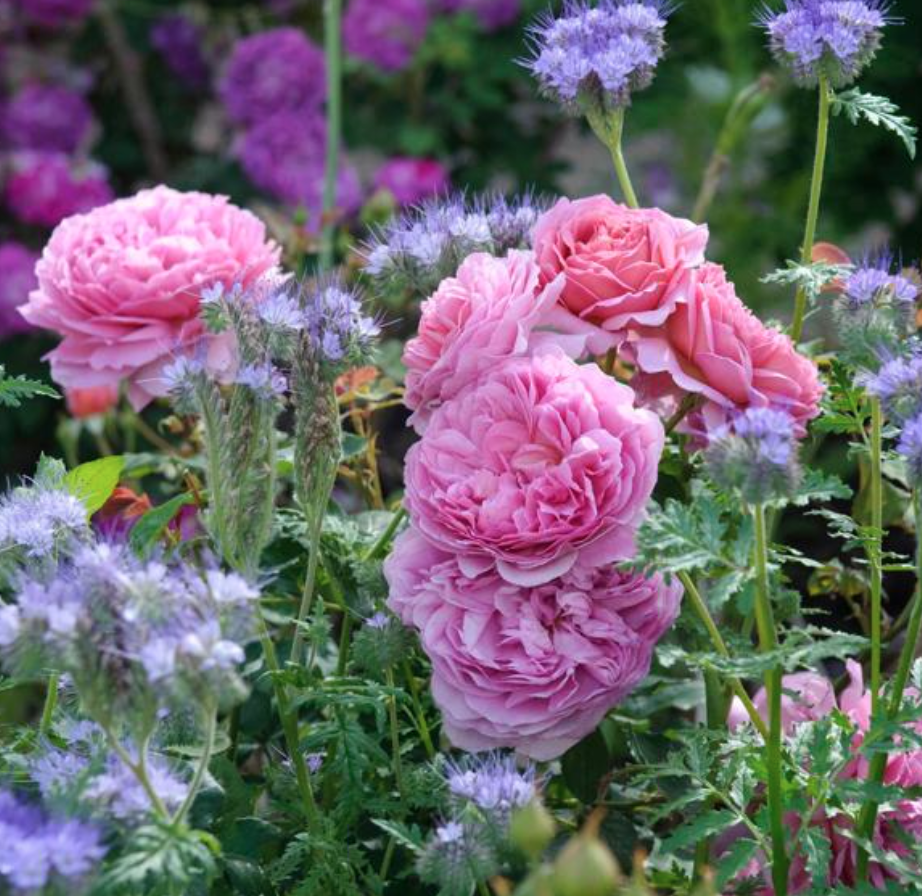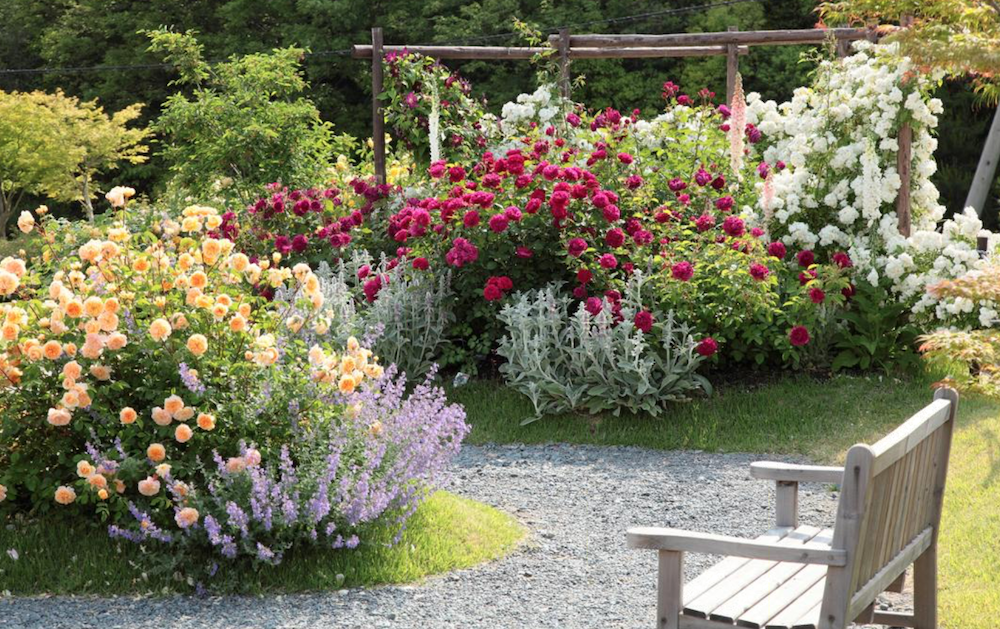To Deadhead Roses or Not? 5 Realistic Helpful Tips
By Paul Zimmerman

This is the time of year when your roses in your backyard have already finished their spring flush of bloom or are in the middle of it. That means you are going to start to see the term “deadheading” being used in posts, articles and on social media. So, what is deadheading?
Deadheading is nothing more than snipping off blooms once they have finished flowering. This encourages the rose to re-flower to give you another round of blooms. This can be done as the blooms drop the petals, or you can wait until most of the garden is done with the flush and do them all at once. There is no right or wrong. Just depends on how much time you have. I will say many gardeners enjoy spending some at the end of a day deadheading amongst their roses. It can be very relaxing.
There are three ways roses grow and produce flowers. They are a single bloom at the end of a stem, multi blooms at the end of a stem (often called a spray) and climbing roses. Let’s start with some general rules that apply to all types.

1) Look for Leaves on Stem to Navigate
You will hear the phrase “cut to a five leaflet leaf set.” This is simply a set of leaves with five leaves on it. It is thought this is the first place where the cane will be thick enough to support the next round of growth. I prefer to just cut to healthy growth regardless of the number of leaves. Makes it easier. So cut to where you see green and healthy.
2) Where is the Next Bud? We’re Not Talking Drinks
Deadhead to an outward-facing bud eye. What does that mean? A bud eye is the swelling on a cane that can produce new growth or stems. You will generally find them where a set of leaves attaches to the stem. Any new growth will grow in the direction the bud eye is facing. A good rule of thumb is to cut just above an eye facing away from the center of the plant. This encourages new growth to grow outward and not inward. The latter can clutter up the center of the plant. This is not a hard-fast rule but a good one to follow when you can.

3) Identify What Type of Roses You Have
To deadhead a single bloom at the end of a stem, simply follow the stem down to healthy growth and cut just above a bud eye facing away from the center of the plant. That is all there is to it. This applies to most Hybrid Teas as well.
For multi-flowered roses follow all the flower stems to where they started from on the stem. This gets you back to one single stem instead of all the small ones that bore flowers. From there follow it down to healthy growth and cut above an outward-facing bud eye and remove the entire spray at once. It may seem like you are cutting deep but it’s the right way to do it. This applies to Floribundas, David Austin Roses and shrub roses like The Knock Out Rose family, (Read more on all types of roses here – https://flowerpowerdaily.com/cracking-the-rose-code-ars-defines-18-types-and-colors-of-roses/) Although you have heard that Knock Out Roses don’t need deadheading, all plants benefit from a little snipping. Not necessary, but will give you quicker reblooms if you do.
4). For Climbing Roses
For climbing roses, it’s always important to remember there are two types of canes. Main canes that grow from the base of the plant and form the structure and laterals that come off the main canes and bear the flowers. Don’t cut the main canes back. Instead, focus on the laterals. You can deadhead those back to within 12”-14” of the main cane to encourage re-flowering and keep the rose tidy.

5) Clean Your Utensils
Easy to do. Just swipe with some alcohol. However, it is important because any disease from a previous plant will stick on the blade. Perhaps, keep a bucket filled with one part chlorine bleach and nine parts water in the garden to disinfect the tools by just dipping them into this homemade solution. In a pinch, just use alcohol. You will also want to get rid of residue soil. For this task, put a bucket of water with a few tablespoons of dishwasher liquid and let the utensils soak for 15 minutes.

Most roses in average climates will re-flower 45-55 days after deadheading. Some will go sooner and some longer, but that is a good rule of thumb. The good news is that you can actually do nothing and they will still re-flower. More slowly but they will bloom again. So don’t feel that you have to stay on top of deadheading. Do it when you can and use it as a relaxing time to stroll through your garden and spend some with your plants.
Here also is a video for your use from master rose instructor Paul Zimmerman.
